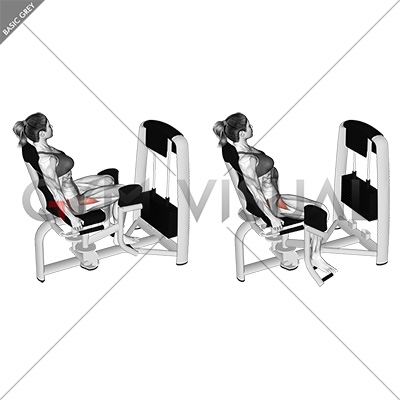

That’s why, as you’ll see below, some of the stretches for hips that we mentioned work on those surrounding hip muscles as well. While these butt muscles have different functions than your hip flexors, they also tend to work in tandem with them. Your gluteus maximus, as well as your hip abductor muscles (your gluteus minimus and medius), also make up the muscles in your hip area. They help you flex your hips-say, when you perform the high knees exercise or even when you just walk or run. Your hip flexors are a group of muscles along the front of your upper thigh, which include your iliacus, psoas major, and the rectus femoris (a part of your quadriceps).

Your hip muscles include muscles in your upper thighs as well as your butt. The good news, though, is that working on your hip flexor mobility can keep those issues at bay.

But having tight hip flexors can be more than just a slight discomfort or a snag on your workout-it might also set you up for injury.
Seated hip abduction full#
Plus this tightness can make your strength training workouts more difficult too, especially if you’re planning on doing lower-body exercises like squats that require your hips to go through a full range of motion.Ĭhances are pretty good you know what it feels like to have a tight muscle. The result? Feelings of discomfort and a lack of mobility that can make everyday activities like walking or slipping into the front seat of your car way less pleasant. Constricting the muscles in this way can make them super tight, especially if you’re not incorporating hip stretches and hip strengthening exercises into your routine. It makes sense-spending a lot of time sitting keeps your hip flexors in a shortened position more than they should be. Everyone seems to have tight hips these days, making hip stretches more important than ever.


 0 kommentar(er)
0 kommentar(er)
